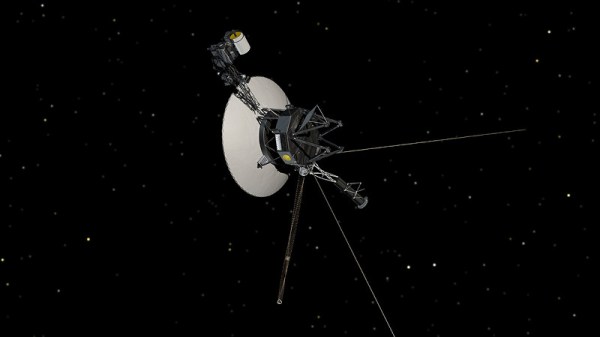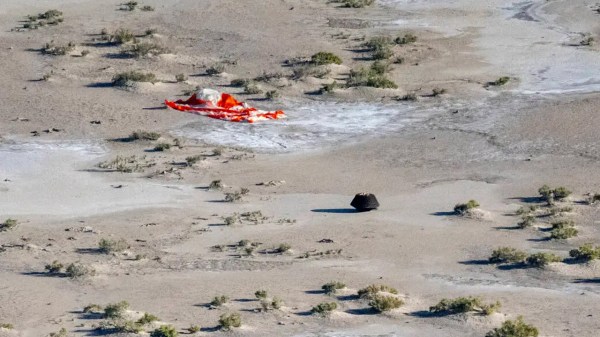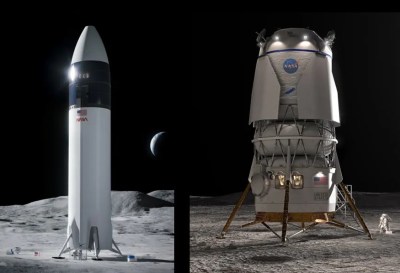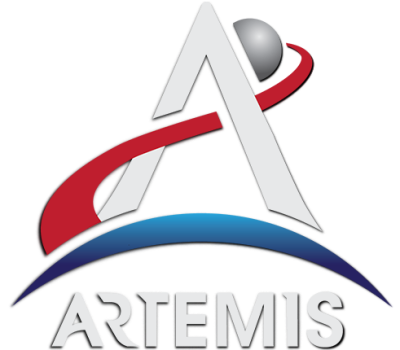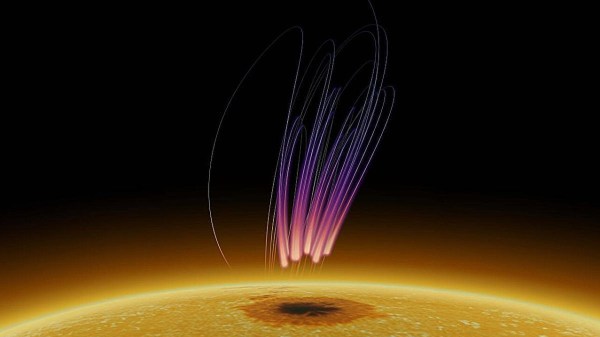Recently the team at JPL responsible for communication with the Voyager 1 spacecraft noticed an issue with the data it was returning from the Flight Data System (FDS). Although normally the FDS is supposed to communicate with the other subsystems via the telecommunications unit (TMU), this process seems to have broken down, resulting in no payloads from the scientific instruments or engineering sensors being returned any more, just repeating binary patterns. So far the cause of this breakdown is unknown, and JPL engineers are working through potential causes and fixes.
This situation is not unlike a similar situation on Voyager 2 back in 2010 when the returned data showed a data pattern shift. Here resetting the memory of the FDS resolved the garbled data issue and the engineers could breathe a sigh of relief. This time the fix does not appear so straightforward, as a reset of the FDS on Voyager 1 did not resolve the issue with, forcing the team to consider other causes. What massively complicates the debugging is that each transmission to and from the spacecraft takes approximately 22.5 hours each way, making for an agonizing 45 hour wait to receive the outcome of a command.
We wish the JPL engineers involved all the luck in the world and keep our collective appendages crossed for Voyager 1.

